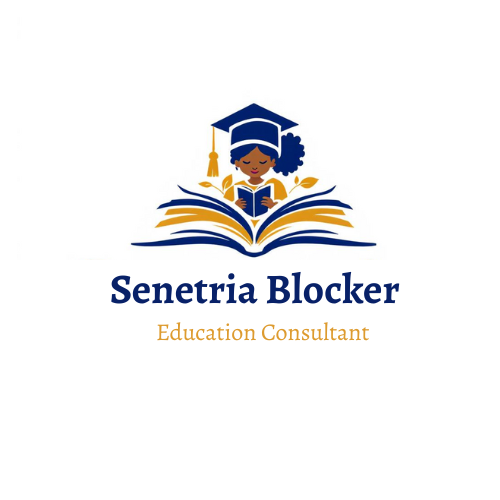Enhance Learning with Engaging Instructional Strategies
The question about instruction that I get asked most often by new teachers is “How do I make learning fun for my students?” My response often includes:
Knowing the topic you teach.
Giving students time to speak and listen.
Have at least one daily exciting activity that will fully engage your students in the learning.
The activity should not just be flashy, and it has to provide a way for students to show their learning to provide formative assessment.
Know/Want to Know/Learned (KWL) Graphic Organizer - This strategy can monitor students' learning and growth. Before teaching a unit, grab a piece of bulletin board paper. Divide the paper into three long strips and label the strips: 1. Know, 2. Want to Know, and 3. Learned. Begin by having students write down everything they know (or think they know) on a subject on the Know piece of paper. Next, ask students what they want to know and get the Want chart going. At the beginning and end of lessons, return to the Know chart to see if the facts were correct. If you find misinformation, cross through and write the correct fact. Let students add to the Want chart and write down anything they want to know. As students learn, they fill in the Learn chart.
Caption This - A fun strategy to get students writing and thinking is Caption This. I've used Caption This during the We Do (students and teachers working together), and You Do (students working independently) portions of lessons. Students write captions for pictures. For example, when teaching a unit of study on Dr. Martin Luther King, Jr., I shared pictures from different points in Dr. King's Life. The students worked together to organize the pictures to create a timeline of Dr. King’s Life. Next, they discussed the events shown on each picture and worked in pairs to write a caption.
Snapshot memoir - Take pictures (if permitted) of students during science experiments, class presentations, trips, programs, etc. These pictures can be shared digitally with students to create class books or write stories. If students write about a shared experience, they can work in pairs or small groups to develop their memoir. This strategy is excellent for teaching students how to write nonfiction. Students can also bring in pictures and develop short stories about events in their lives.
Comic Strips - There are many comic strip templates teachers can use for nonfiction and fiction writing, art, and sequencing. I like to use Google Docs, Canva, and the Ditch that TextBook website, https://ditchthattextbook.com/infographic/comic-strip-template/ to create digital comic strips. Traditionally, resources such as crayons, pencils, markers, and other art supplies can also be used. An example of how I've used comics was to have my students record their observations of butterflies transitioning from larva to butterfly. I've also used this strategy to publish students' writings. After going through all stages of the writing cycle, students illustrated their writings on comic strips.
Virtual Field Trip - One of my favorite engagement strategies is taking students on virtual field trips. Years ago, while reading Ramona Quimby Age 8 by Beverly Cleary to my class, the teacher in the book took Ramona's class on a virtual field trip. Back then, there were not a lot of resources for great online experiences; however, the pandemic changed that. Now students can visit museums, parks, landmarks, zoos, aquariums, cities, and even other countries without leaving the classroom. Teachers can stream videos or create a playlist that students can watch as a whole group, or they can view the videos in learning centers. Teachers can develop questions or provide "look for" as students virtual explore new environments. Students can show their learning after going on a virtual field trip the same way they would show and tell after a "live" field trip by drawing pictures, writing about the experiences, or using a Flipgrid to tell what they learned.
All of these strategies have an element of flashiness; however, they allow students to show their learning while intellectually engaging with material. These strategies also provide opportunities for students to use the four essential language experiences: reading, writing, speaking, and listening; when teachers ask me how to make learning fun, I tell them that learning should be both fun and provide meaningful learning experiences.


